#reef creatures
Photo
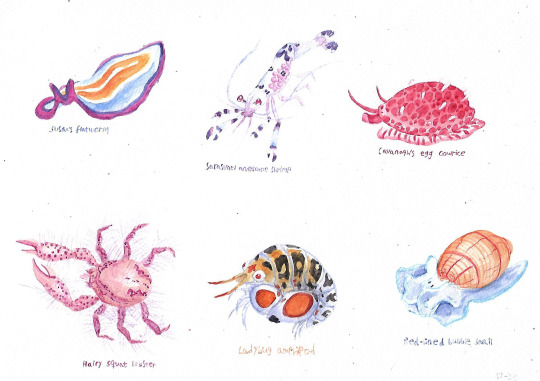
Painted some random reef invertebrates. I just think they’re neat, yknow
#watercolour#flatworm#shrimp#cowrice#lobster#amphipod#bubble snail#snail#invertebrates#art#reef creatures
108 notes
·
View notes
Text

Submarine Bath by Tatsuya Tanaka
“洗”水艦
scrubmarine
#miniature calendar#diorama#scale 1/43#scale 1/50#soap dish#underwater#sea life#reef creatures#shark#diver#ocean#pun#march 29
2 notes
·
View notes
Text
Since Percy can talk to sea creatures, I'd like to think that one day he passed a pet shop with all these fish screaming at him in agony. Since then there has been a giant aquarium in cabin 3 with fish. He converses with them daily when he's at camp. He gave them all names (they were delighted to hear his suggestions).
There is one grumpy grouch that always tries to eat as much food before all the other fish. He has to keep him forcibly apart in a tiny water ball during dinner. He named him Zeus. Percy doesn't give a shit. Poseidon knows and thinks it is hilarious.
Chiron, who takes care of them when Percy's gone, cannot understand them but he doesn't like the way they look so judgemental. They are very much gossiping about him to his face.
#pjo tv show#pjo fandom#pjo series#percy jackson#percy jackon and the olympians#headcanon#i also like to think that wild creatures also want to have a name so when he's just chilling in the sea there are random fish coming to him#brutus the coral reef overlord#which is a guppy
7K notes
·
View notes
Text
"The coral reefs of south Sulawesi are some of the most diverse, colorful and vibrant in the world. At least, they used to be, until they were decimated by dynamite fishing in the 1990s.
As part of a team of coral reef ecologists based in Indonesia and the UK, we study the reefs around Pulau Bontosua, a small Indonesian island in south Sulawesi...
In many places around the world, damage like this might be described as irreparable. But at Pulau Bontosua, the story is different. Here, efforts by the Mars coral restoration program have brought back the coral and important ecosystem functions, as outlined by our new study, published in Current Biology. We found that within just four years, restored reefs grow at the same rate as nearby healthy reefs.
Speedy recovery
The transplanted corals grow remarkably quickly. Within a year, fragments have developed into proper colonies. After two years, they interlock branches with their neighbors. After just four years, they completely overgrow the reef star structures and restoration sites are barely distinguishable from nearby healthy reefs.
The combined growth of many corals generates a complex limestone (calcium carbonate) framework. This provides a habitat for marine life and protects nearby shorelines from storm damage by absorbing up to 97% of coastal wave energy.
We measured the overall growth of the reef framework by calculating its carbonate budget. That's the balance between limestone production (by calcifying corals and coralline algae) and erosion (by grazing sea urchins and fishes, for example). A healthy reef produces up to 20kg of reef structure per square meter per year, while a degraded reef is shrinking rather than growing as erosion exceeds limestone production. Therefore, overall reef growth gives an indication of reef health.
At Pulau Bontosua, our survey data shows that in the years following restoration, coral cover, coral colony sizes, and carbonate production rates tripled. Within four years, restored reefs were growing at the same speed as healthy reefs, and thereby provided the same important ecosystem functions...
Outcomes of any reef restoration project will depend on environmental conditions, natural coral larvae supply, restoration techniques and the effort invested in maintaining the project. This Indonesian project shows that when conditions are right and efforts are well placed, success is possible. Hopefully, this inspires further global efforts to restore functioning coral reefs and to recreate a climate in which they can thrive."
-via Phys.org, March 11, 2024
#coral#coral reef#marine life#marine biology#sea creatures#aquatic#environment#ecology#environmental news#environmental science#climate action#climate hope#ecosystem#conservation#endangered species#indonesia#sulawesi#good news#hope#overfishing#hopepunk#hope posting
5K notes
·
View notes
Text
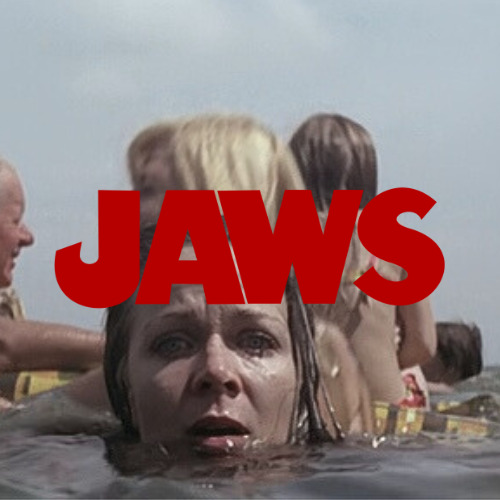




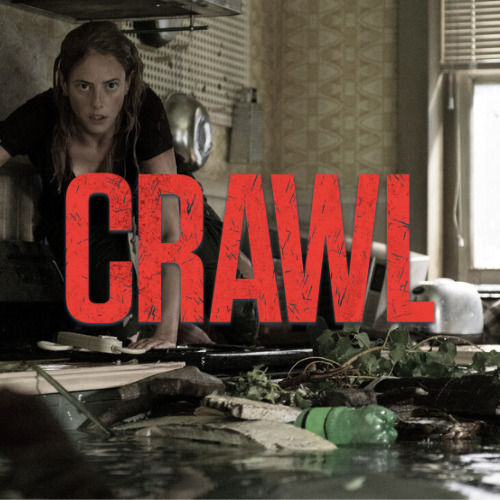
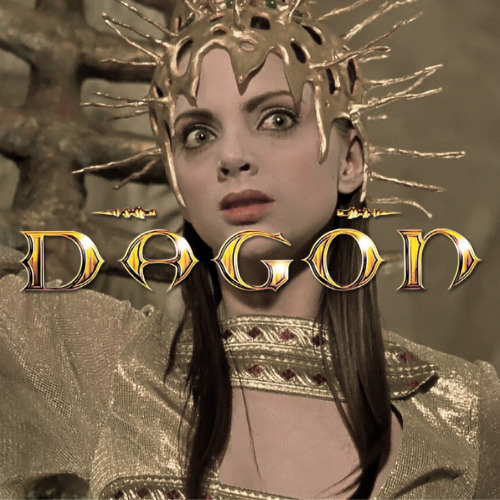

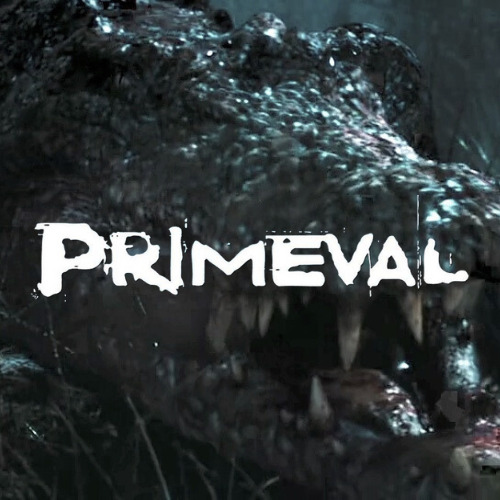
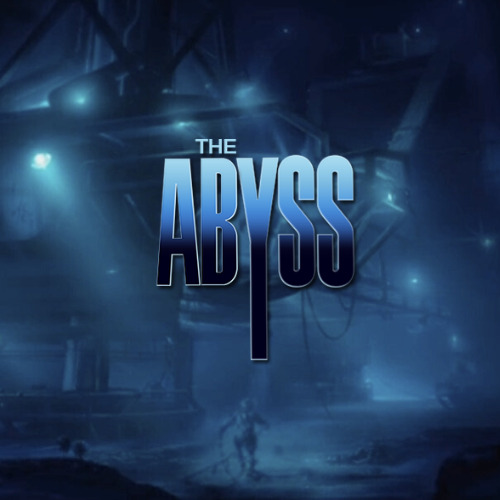
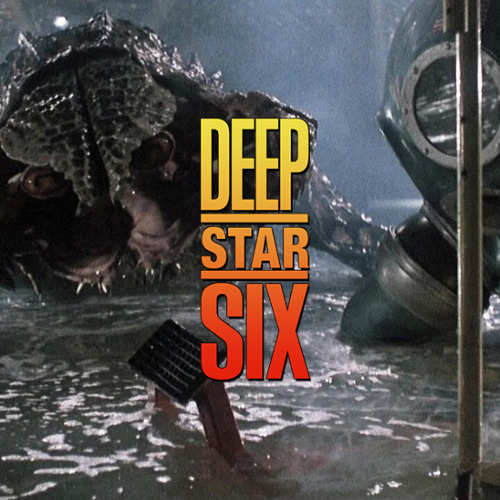
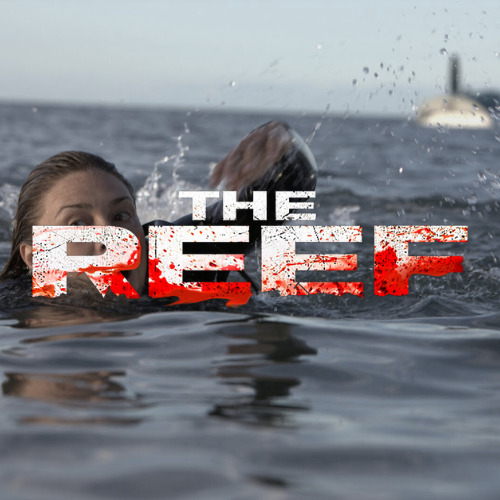
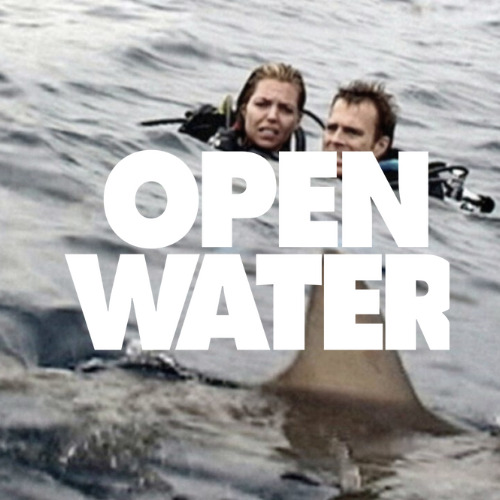


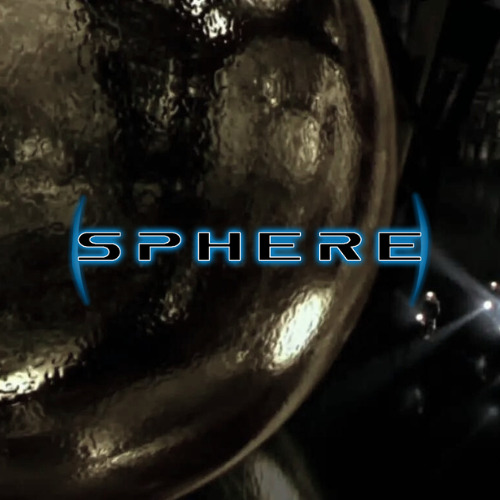



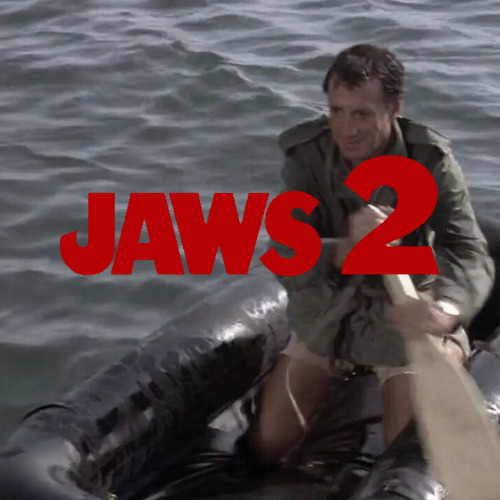

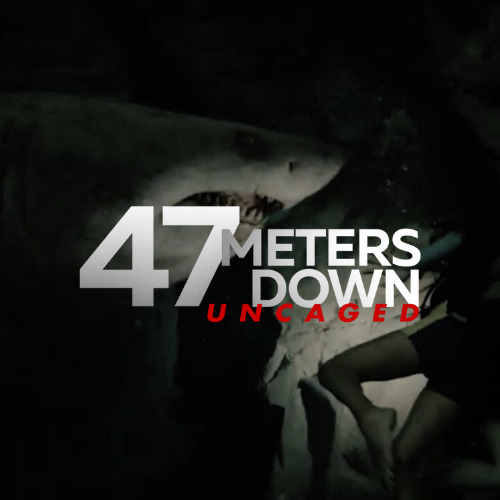
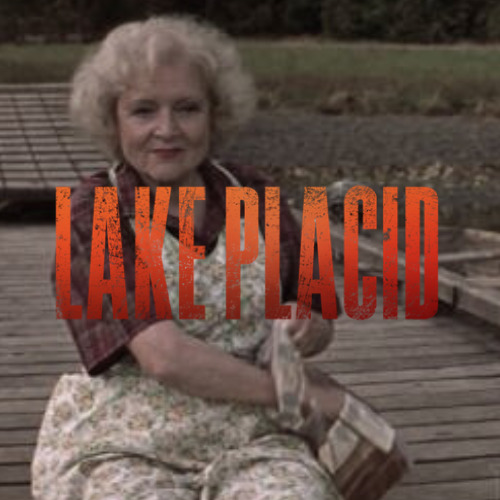
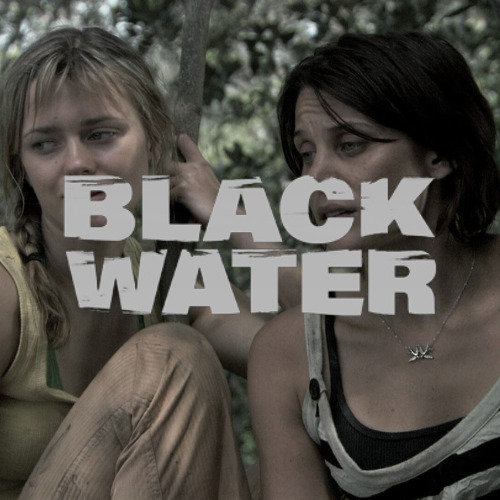


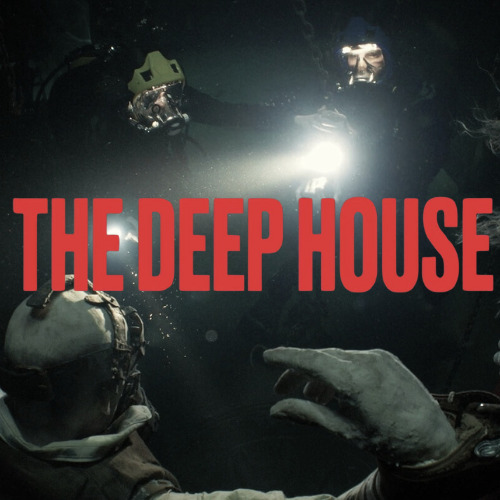
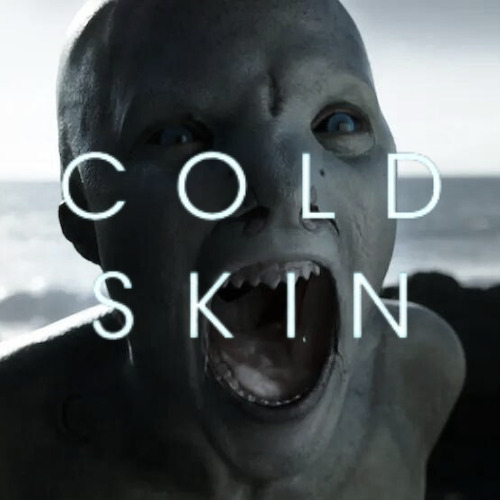
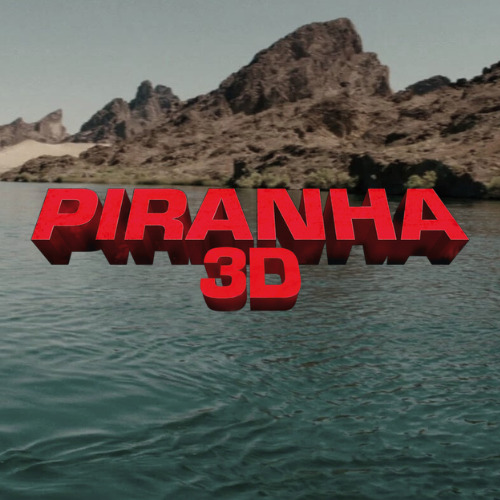

horror sub-genres: aquatic
#horror#horror movies#horror sub-genres#horroredit#moviesedit#filmedit#cinema#horror cinema#horror aesthetic#jaws#the creature from the black lagoon#pirahna#deep blue sea#underwater#crawl#dagon#leviathan#primeval#the abyss#deep star six#the reef#open water#47 meters down#the cave#sphere#the rift#below#shark night#the funniest shittiest movie#jaws 2
1K notes
·
View notes
Text
Движемся навстречу солнцу с элегантным скатом (Обыкновенный пятнистый орляк). Moving towards the sun with an elegant eagle spotted stingray.
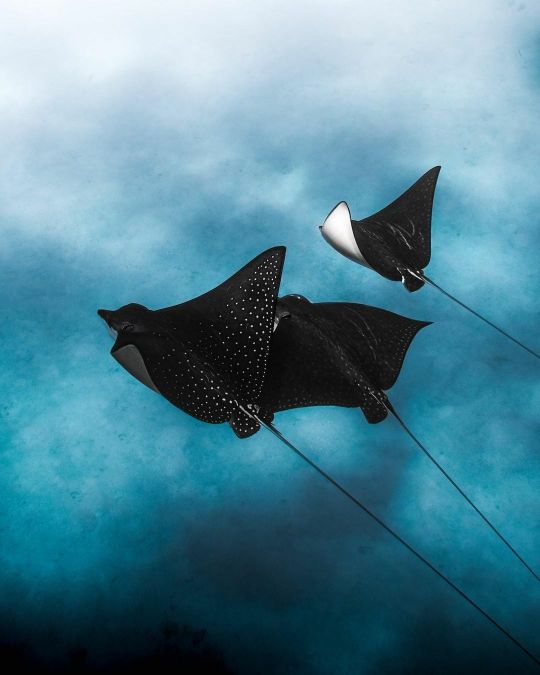
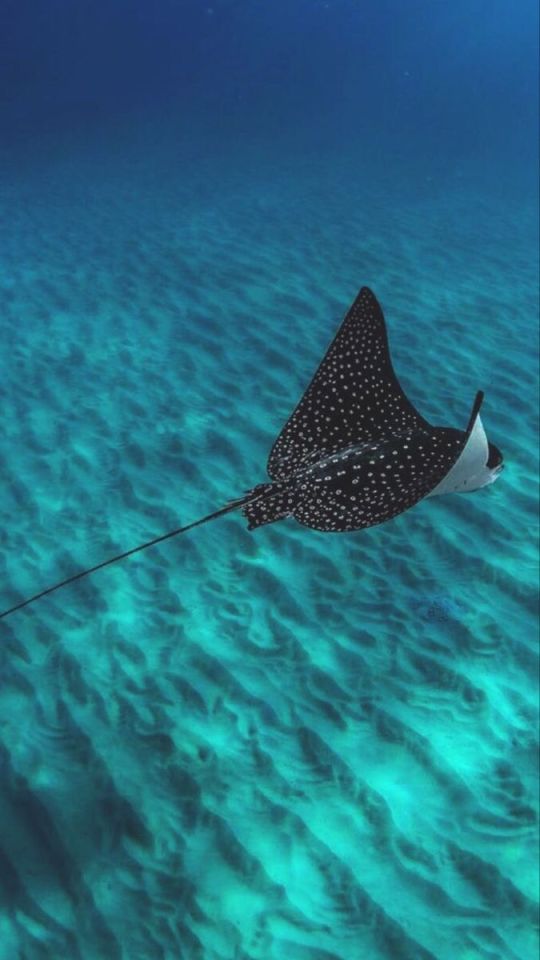


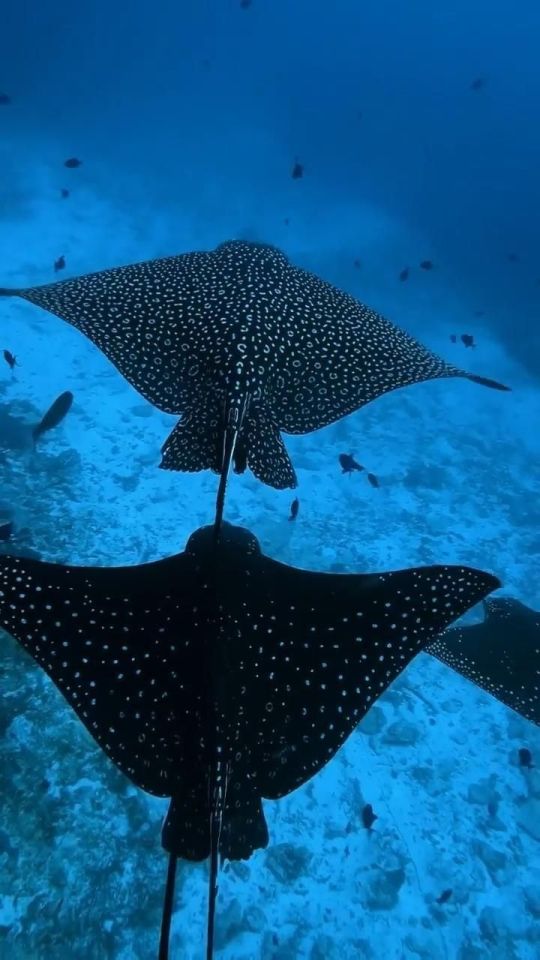

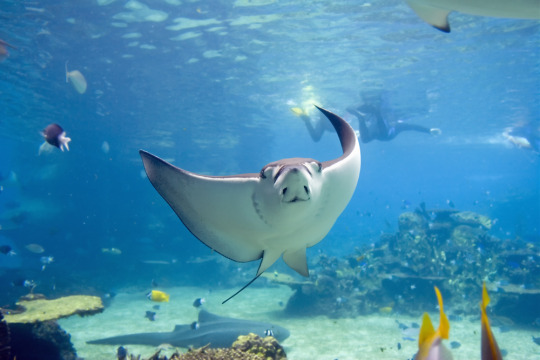

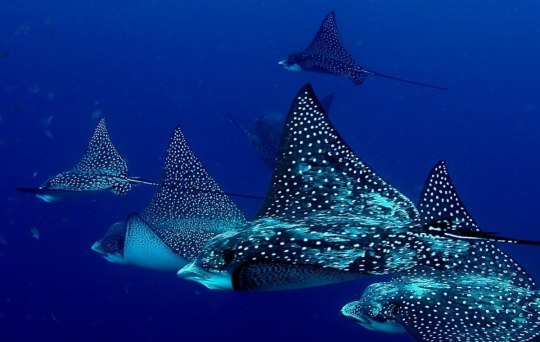


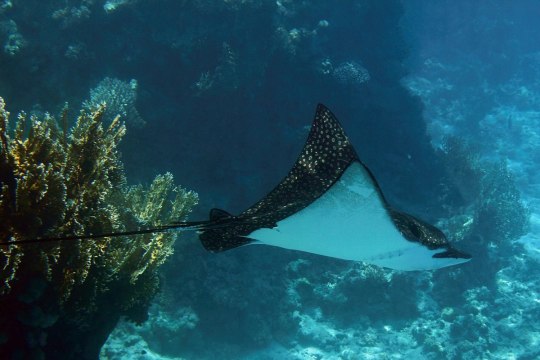
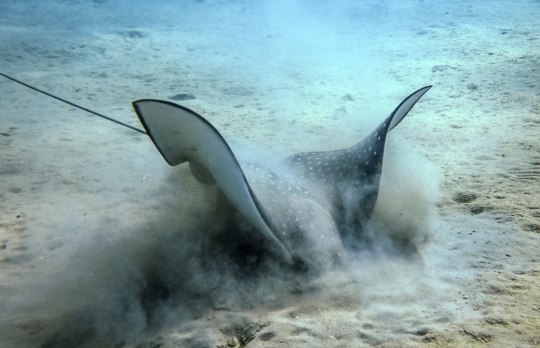
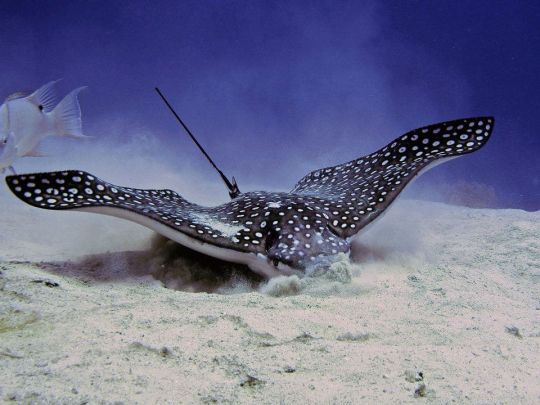

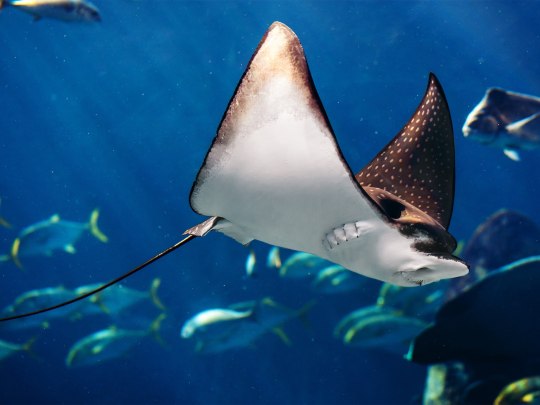
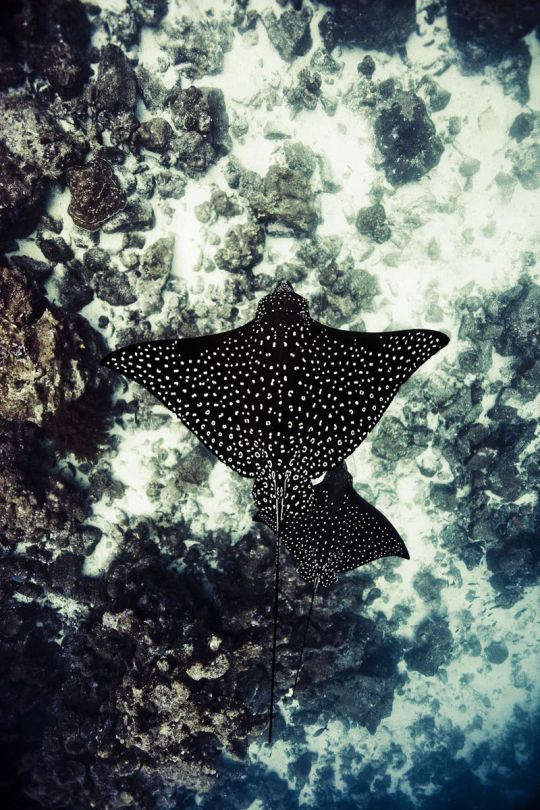
Обыкновенный пятнистый орляк (Аetobatus narinari).
Это — вид хрящевых рыб одноимённого рода семейства орляковых скатов. Пятнистый орляк принадлежит к роду Aetobatus, его видовое название можно перевести, как «орел–скат». Это скат крупных размеров (до 8,8 м с хвостом), у которого максимальный размах плавников-крыльев может доходить до 330 см, толщина тела в районе головы – 50 см, а вес до 230 кг. Скат орляк похож на парящую под водой хищную птицу -- не зря он получил свое название. Движения его плавников похожи на взмахи крыльев, нос на птичий клюв. Спинная поверхность орляка окрашена в темно-синий или чёрный цвет с белыми точками, брюшная сторона — белая. Хвост длиннее, чем у других скатов, и несёт на себе 2—6 ядовитых шипов.
Широко распространён в тропической зоне, включая Мексиканский залив, Гавайские острова, вдоль побережья западной Африки, в Индийском океане, Океании и вдоль обоих побережий Америки на глубине до 80 м. Обычно ведет одиночный образ жизни, но вне сезона размножения может образовывать крупные стаи. В дикой природе , если пятнистого орляка не трогать , то это животное неопасно и пугливо. Но , если , нечайно наступить на пятнистый орляк , то он обвивает ногу хвостом, наступившего на рыбу пловца , или рыбака и вонзает ядовитые шипы.Часто люди получают рваные раны, которые необходимо промыть и лечить.
Пятнистый орляк имеет охранный статус на Большом Барьерном рифе вдоль восточного побережья Австралии.
Eagle spotted stingray(Aetobatus narinari).
It is a species of cartilaginous fish of the eponymous genus of the eagle ray family. The eagle spotted stingray belongs to the genus Aetobatus, its specific name can be translated as "eagle–stingray". This is a large-sized stingray (up to 8.8 m with a tail), whose maximum wingspan can reach 330 cm, body thickness in the head area is 50 cm, and weight is up to 230 kg. The eagle stingray looks like a floating chi under watera bird of prey -- it got its name for a reason. The movements of its fins are similar to the flapping of wings, its nose is like a bird's beak. The dorsal surface of the eaglet is colored dark blue or black with white dots, the ventral side is white. The tail is longer than that of other stingrays and carries 2-6 poisonous spikes.
It is widespread in the tropical zone, including the Gulf of Mexico, the Hawaiian Islands, along the coast of West Africa, in the Indian Ocean, Oceania and along both coasts of America at depths up to 80 m. It usually leads a solitary lifestyle, but outside the breeding season it can form large flocks. In the wild, if the eagle spotted stingray is not touched, then this animal is harmless and timid. But if you step on a eagle stingray, it wraps its tail around the leg of a swimmer or fisherman who stepped on a fish and pierces poisonous thorns.People often get lacerations that need to be washed and treated.
The eagle spotted stingray has a protected status on the Great Barrier Reef along the east coast of Australia.
Источник://seaforum.aqualogo.ru/topic/59066-обыкновенный-пятнист%C2%AD%C2%ADый-орляк-аetobatus-narinari/, /ru.wikipedia.org/wiki/Обыкновенныйпятнистыйорляк, pofoto.club/29020-obyknovennyj-pjatnistyj-orljak.html, ru.pinterest.com/pin/985231163169913/,t.me/+HLoqW4OcT5VjZjM6.
#fauna#video#animal video#marine life#marine biology#nature#aquatic animals#sea creatures#ocean#sea#fish#eagle spotted stingray#reef#sand#seaweed#beautiful#animal photography#nature aesthetic#видео#фауна#природнаякрасота#природа#океан#море#скат#пятнистый орляк#рыбы#песок#риф#водоросли
699 notes
·
View notes
Text



🌊🐠 Ocean 🐠🌊
Ko-fi - Inprnt - Patreon
Old vs new under the cut -

#myart#traditional art#folktale#illustration#art#ocean#sea creature#underwater#fish#reef#sea lady#water lady#water spirit#starfish#posca pen#white gel pen#muse watercolor paper#salt#waves#teal waves#blue sea#whatever#old one is 2020 btw#it was very low effort#anilinky#watercolor illustration#oc#id in alt
348 notes
·
View notes
Text
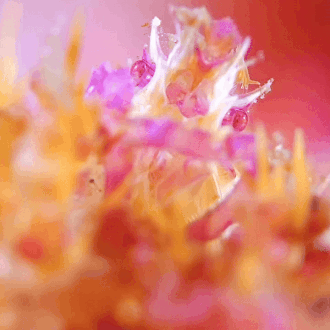

the candy crab (hoplophrys oatesi) | jacobguy.media on ig
#stim#crabs#crustaceans#sea creatures#sfw#pink#orange#magenta#white#candy crab#decapods#arthropods#hoplophrys oatesi#animals#underwater#coral reefs#ishy gifs#postish
430 notes
·
View notes
Text
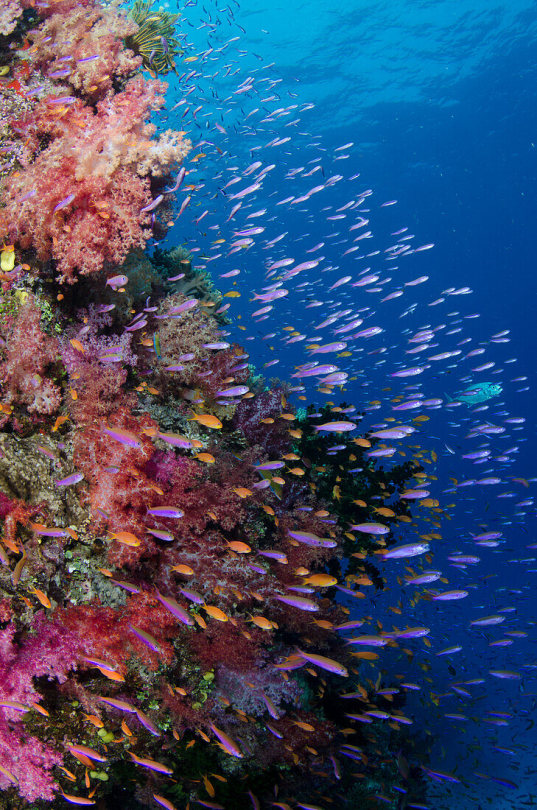

Fiji Reefscape
#fiji#reefs#coral reef#fish#pink#orange#purple#blue#water#ocean#sea#underwater#photography#nature#sea creatures#marine biology
4K notes
·
View notes
Text
spinner sharks!
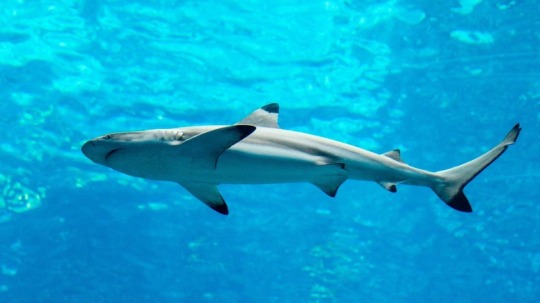
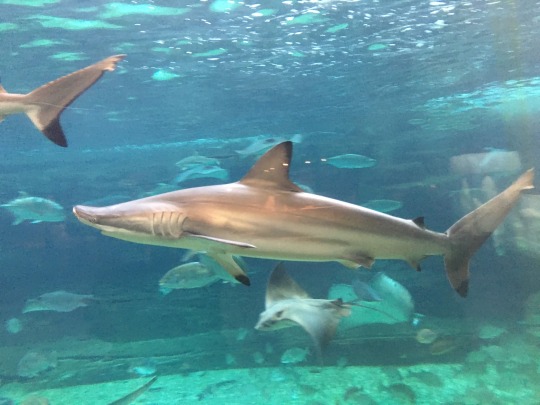

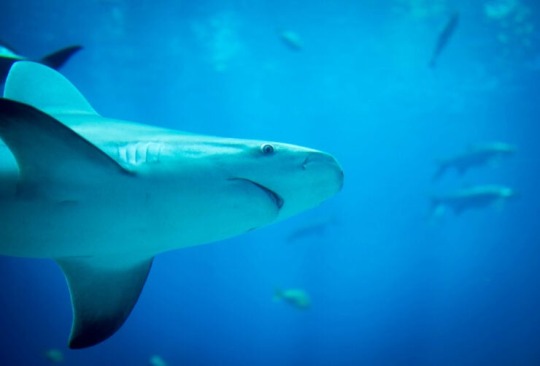
spinner sharks are sharks which live in many subtropical waters, such as the mediterranean and the gulf of mexico!
these sharks get their name from the way they spin out of the water to catch prey
they prefer shallower offshore waters no more than 350 feet deep!
spinner sharks grow from 6–10 feet in length
they grow roughly 2 inches a year until maturity, for 10-20 years!
spinner sharks can leap up to 20 feet in the air :]
#marine biology#sea life#ocean#marine life#sea creatures#animals#shark#sharks#spinner shark#factfile#reef#coral reef
2K notes
·
View notes
Text

Meet the Caribbean reef octopus (Octopus briareus)! This reef-inhabiting cephalopod lives in warm shallow waters, spanning southern Florida to the Caribbean, through to South America’s northern coast. It’s distinguished by its eye-catching blue coloring, but this master of disguise can change its looks in an instant. Like other octopuses, it uses pigmented cells in its skin, called chromatophores, to alter its appearance. When confronted by a foe, such as a shark, it may emit a cloud of unpleasant-tasting ink to deter its enemy from further pursuit.
Photo: francoislibert, CC BY-NC-SA 4.0, iNaturalist
#science#natural history#nature#animals#ocean life#octopus#fish#sea creatures#coral reef#did you know#fact of the day#animal facts#marine biology#cool animals#camouflage
948 notes
·
View notes
Note
yknow chief… it’s been a long day
octopus. on the rocks.
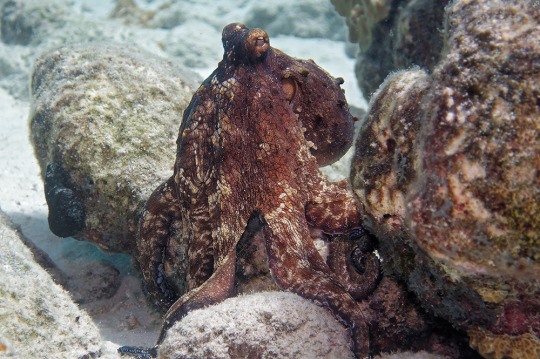
Daily Cephalopod #152
#an octopus...on some rocks..:>#octopus#brazilian reef octopus#daily cephalopod#squid mail くコ:彡#GOOBERS!!!#cephalopod#marine life#ocean creatures#ocean critters#marine biology#zoology#animals#biology#cephalopods#marine animals
684 notes
·
View notes
Text

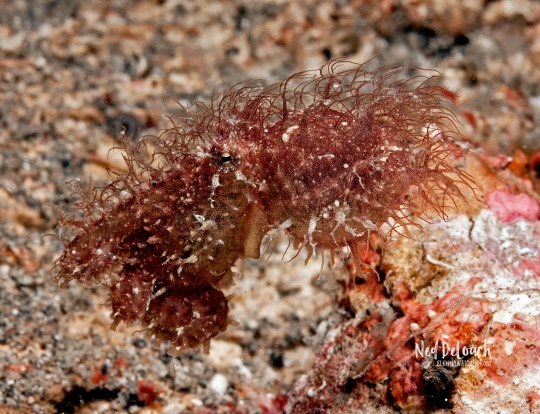
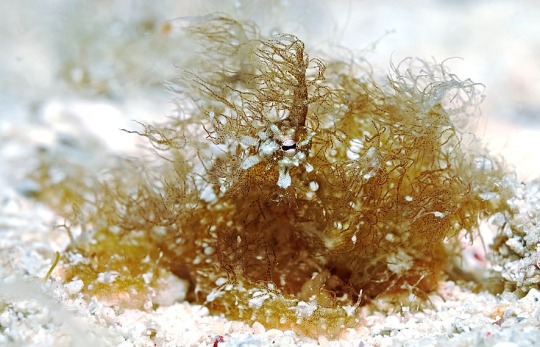

Meet the Hairy Octopus 🐙
These tiny cuties are found off the coast of Indonesia and were only discovered in the early 2000’s, with much left to be discovered!
One fun fact about the hairy octopus is that it can not only control its color, but also how hairy it looks to perfectly match its surroundings!
#ocean#sea#beautiful#underwater#animal#saltwater#photography#water#dive#octopus#hairy octopus#sea life#sea animal#marine animal#marine biology#marine wildlife#sea creatures#reef#tropical#ocean animals#cephalopods
540 notes
·
View notes
Text
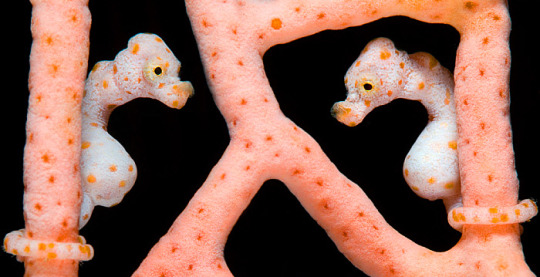
Denise's pygmy seahorses (Hippocampus denise)
Photo by Alex Mustard
#pygmy seahorse#pygmy seahorses#seahorse#sea horse#pink#pink seahorse#hippocampus#hippocampus denise#marine#marine life#marine animals#ocean#sea#undersea#reef#coral reef#pink color#pink animals#sea creatures#nature
1K notes
·
View notes
Text
"The world’s coral reefs are close to 25% larger than we thought. By using satellite images, machine learning and on-ground knowledge from a global network of people living and working on coral reefs, we found an extra 64,000 square kilometers of coral reefs — an area the size of Ireland.
That brings the total size of the planet’s shallow reefs (meaning 0-20 meters deep) to 348,000 square kilometers — the size of Germany. This figure represents whole coral reef ecosystems, ranging from sandy-bottomed lagoons with a little coral, to coral rubble flats, to living walls of coral.
Within this 348,000 km² of coral is 80,000 km² where there’s a hard bottom — rocks rather than sand. These areas are likely to be home to significant amounts of coral — the places snorkelers and scuba divers most like to visit.
You might wonder why we’re finding this out now. Didn’t we already know where the world’s reefs are?
Previously, we’ve had to pull data from many different sources, which made it harder to pin down the extent of coral reefs with certainty. But now we have high resolution satellite data covering the entire world — and are able to see reefs as deep as 30 meters down.
We coupled this with direct observations and records of coral reefs from over 400 individuals and organizations in countries with coral reefs from all regions, such as the Maldives, Cuba and Australia.
To produce the maps, we used machine learning techniques to chew through 100 trillion pixels from the Sentinel-2 and Planet Dove CubeSat satellites to make accurate predictions about where coral is — and is not. The team worked with almost 500 researchers and collaborators to make the maps.
The result: the world’s first comprehensive map of coral reefs extent, and their composition, produced through the Allen Coral Atlas.
The maps are already proving their worth. Reef management agencies around the world are using them to plan and assess conservation work and threats to reefs...
In good news, these maps are already leading to real world change. We’ve already seen new efforts to conserve coral reefs in Indonesia, several Pacific island nations, Panama, Belize, Kenya and Australia, among others."
-via GoodGoodGood, May 2, 2024
--
Note: You can see the maps yourself by going here!
#coral#coral reef#sea creatures#marine life#underwater#coral reefs#conservation#conservation news#climate change#hope#hope posting#hopepunk#environment#environmental science#environmental news#good news#climate action#climate hope#maldives#cuba#australia#machine learning#ai#this is the kind of shit ai should be used for!!!#indonesia#panama#belize#kenya#it's coral week here at reasonsforhope and it's not even on purpose!
288 notes
·
View notes
Text










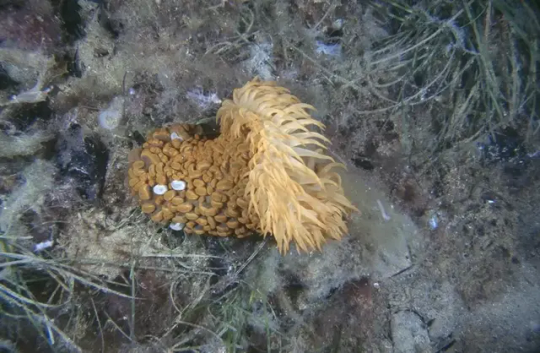








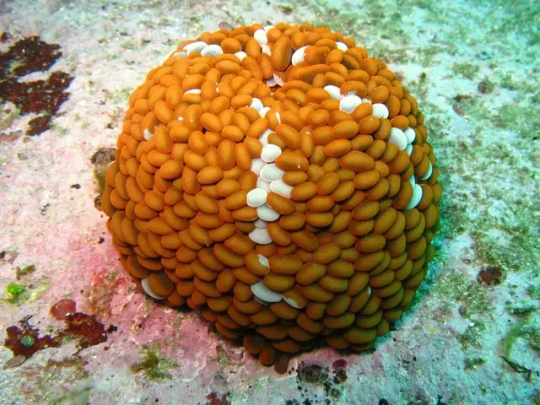





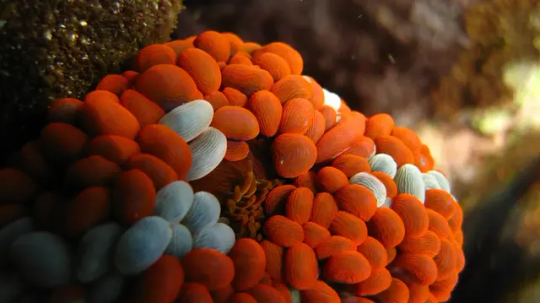


PHLYCTENACTIS TUBERCULOSA.
Phlyctenactis tuberculosa, широко известная как блуждающая морская актиния или плавающая актиния, является видом морских анемонов семейства актиний. Она произрастает в мелководных морях вокруг Австралии и Новой Зеландии, а также встречается в Чили. Впервые была описана французским зоологом Жаном Рене Константом Куа и французским натуралистом Жозефом Полем Геймаром. Они были военно-морскими хирургами французского флота, которые собрали значительные коллекции различных организмов во время путешествий.
Эта актиния покрыта пузырчатыми мешочками и бывает разных цветов: от коричневато-оранжевого, лилового, светло-серого до коричневого. Щупальца светлее и могут быть бледно-желтого, серого, коричневого или оранжево-желтого цвета. Она вырастает до максимального размера 15 сантиметров (6 дюймов) в диаметре ,со стеблем, который может достигать 25 сантиметров (10 дюймов) в длину. В течение дня блуждающая морская актиния остается скрученной вместе, выглядя как шар из печеных бобов.
Этот ночной вид актинии, обитает на открытых побережьях и среди защищенных коралловых рифов на глубине до 35 метров. Он прикрепляется к камням, морским травам и водорослям, но может отцепить свой педальный диск и обычно дрейфует по морскому дну. Плавающая актиния передвигается по морскому дну, ползая с помощью своего базального диска, а ночью взбирается на морские травы или водоросли, чтобы найти лучшее место для перехвата проплывающей мимо добычи.
Странствующий морской анемон ядовит, и прикосновение к щупальцам может вызвать болезненный укус. Пловцам рекомендуется избегать прикосновений к анемону и надевать защитную одежду.
Phlyctenactis tuberculosa, commonly known as the wandering sea anemone or floating anemone, is a species of sea anemone in the family Anemoneidae. It is native to shallow seas around Australia and New Zealand, and is also found in Chile. It was first described by the French zoologist Jean René Constant Coix and the French naturalist Joseph Paul Gaymard. They were naval surgeons in the French Navy who made significant collections of various organisms during their voyages.
This anemone is covered in bladder-like sacs and comes in a variety of colors, from brownish-orange, lilac, light gray, to brown. The tentacles are lighter and can be pale yellow, gray, brown, or orange-yellow. It grows to a maximum size of 15 centimetres (6 in) in diameter, with a stalk that can reach 25 centimetres (10 in) in length. During the day, the wandering sea anemone remains coiled together, looking like a ball of baked beans.
This nocturnal species of sea anemone lives on exposed coastlines and among sheltered coral reefs at depths of up to 35 metres (115 ft). It attaches itself to rocks, sea grasses and seaweed, but can detach its pedal disc and usually drifts along the sea floor. The floating anemone moves along the sea floor by crawling with its basal disc, and at night climbs onto sea grasses or seaweed to find the best place to intercept passing prey.
The wandering sea anemone is venomous, and touching its tentacles can cause a painful sting. Swimmers are advised to avoid touching the anemone and to wear protective clothing.
Источник://t.me/+E4YBiErj0A8wOGUy,/collections.museumsvictoria.com.au/species/8618,/atlasoflife.org.au/creaturefeatures/2021/01/07/an-early-brief-snorkel,/www.reeflex.net/tiere/8754_Phlyctenactis _ tuberculosa.htm,//www.realmonstrosities.com/2015/01/wandering-sea-anemone.html,//shapeandtheidea.wordpress.com /2015/10/11 / wandering-anemone/,/animalia.bio/index.php/phlyctenactis-tuberculosa.
#fauna#video#animal video#marine life#marine biology#nature#aquatic animals#sea creatures#benthic#Sea anemones#wandering sea anemone#Phlyctenactis tuberculosa#ocean#coral reefs#seaweed#beautiful#animal photography#nature aesthetic#видео#фауна#природнаякрасота#природа#океан#бентосные#морские анемоны#Актинии#блуждающая морская актиния#коралловый риф#водоросли
156 notes
·
View notes